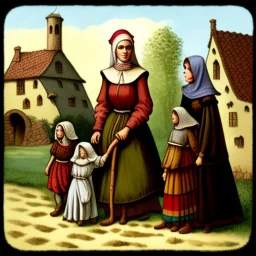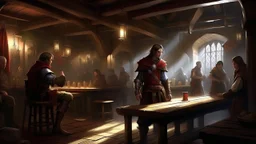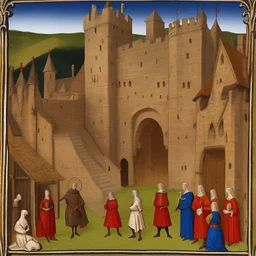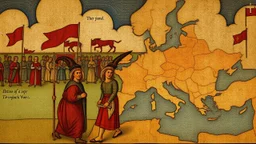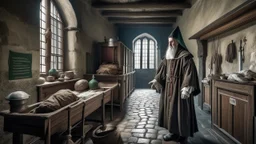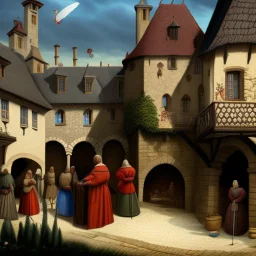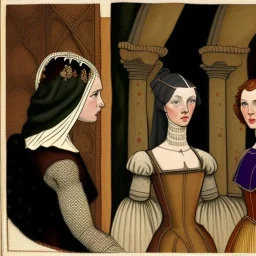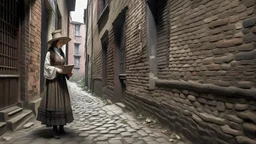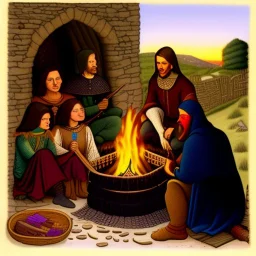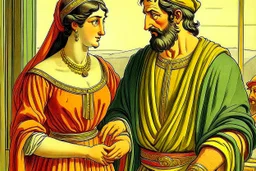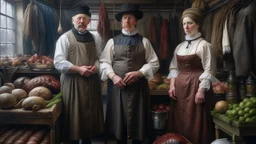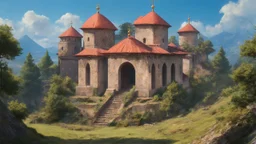
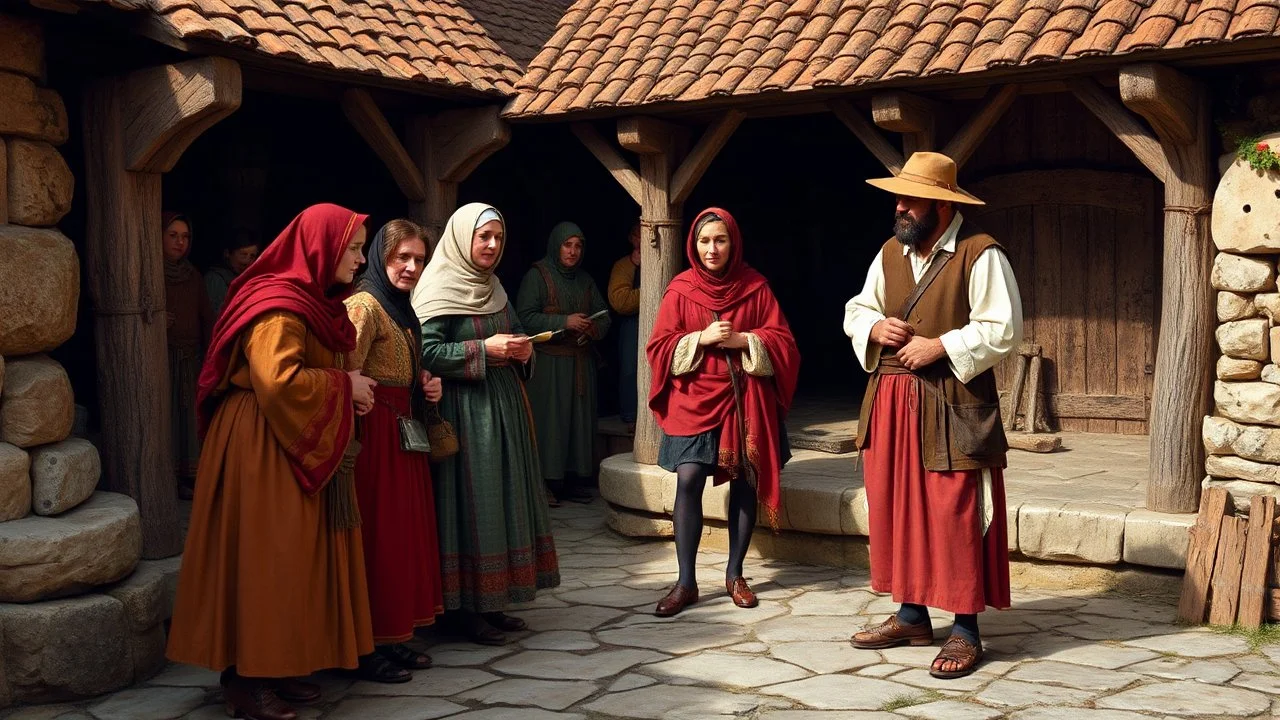
@Vidai
Prompt
MEDIEVAL Travellers who were passing through also formed part of the population of the fiefdom. They included traders, beggars, pilgrims, acrobats (who did tumbling and juggling) and jongleurs (poets who told stories). Women wore long skirts and headscarves and men wore short tunics and tights. They also wore hats and leather or wooden shoes.
1 year ago
Model
FLUX.1
Guidance Scale
7
Dimensions
1280 × 720
